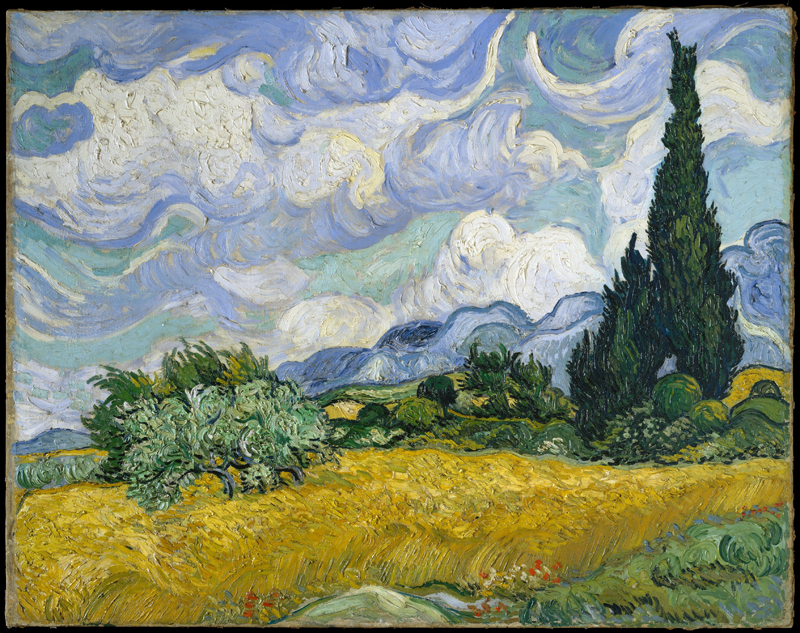Tuesday
Today I reflect upon the last Introduction to Literature class I may ever teach as I anticipate retirement. Years ago St. Mary’s received a Pugh grant for increasing environmental awareness in core courses, and I’ve been teaching Intro to Lit with a Nature focus ever since. In addition to fulfilling the college’s Arts requirement, the course also contributes to the Environmental Studies major.
I bookended this semester’s course with contemporary novels, Barbara Kingsolver’s Flight Behavior and Margaret Atwood’s Year of the Flood. Several of my students were inspired by how Kingsolver’s protagonist pulls out of a funk once she dedicates herself to a cause outside herself (spreading the word about climate change). Atwood’s dystopia, meanwhile, concludes the course by looking at environmental devastation from economic, sociological, political, and spiritual perspectives.
Between those two novels we toured literary classics stretching back to Euripides’s The Bacchae.
Euripides makes it clear that disregarding nature’s call has dire consequences. Arrogant Pentheus has his head torn from his body, and a beheading motif also appears in Sir Gawain and the Green Knight. Because Gawain reconnects with his natural body, however, he survives the chopping block.
Dionysus and Green Knight are both nature spirits, and a spirit shows up as well in Midsummer Night’s Dream. Egeus, the tyrannical father, may think that he can impose his authoritarian will over his daughter’s desires, but Puck has other plans and wreaks havoc in Shakespeare’s green world. By the end, an accommodation has been reached between anarchistic sexual desire and social order. Balance makes for comedy, imbalance for tragedy.
We then launched into a quick tour of the English Romantic poets, including Blake, Wordsworth, Coleridge, Keats, and Byron. Only when the industrial, scientific, technological, and agricultural revolutions had tamed nature could nature become picturesque. Some of the poets romanticized soft nature (Wordsworth’s daffodils, Keats’s nightingale), some hard nature (Coleridge and Byron’s ocean, Blake’s tiger), but they could do so only because nature appeared susceptible to human control.
The deans of contemporary nature poetry, Mary Oliver and Wendell Berry, came next. Berry looks more at humans’ relationship with nature while Oliver uncovers parables for human struggle in animals and plant life. Both poets find spiritual sustenance in their interactions with the natural world.
Lucille Clifton is in a class by herself. With poems like “poem in praise of menstruation” and “to my last period,” we were reminded that history’s vexed relationship with female biology. Clifton speaks up for the downtrodden, including even cockroaches.
Finally we read Leslie Marmon Silko’s Ceremony, a powerful exploration of how healing the planet and healing ourselves are inextricably intertwined.
From the beginning, authors have understood that a healthy relationship with nature is a key to social and personal health. Addvancing technology may have changed the dynamics, but the themes have remained the same.
